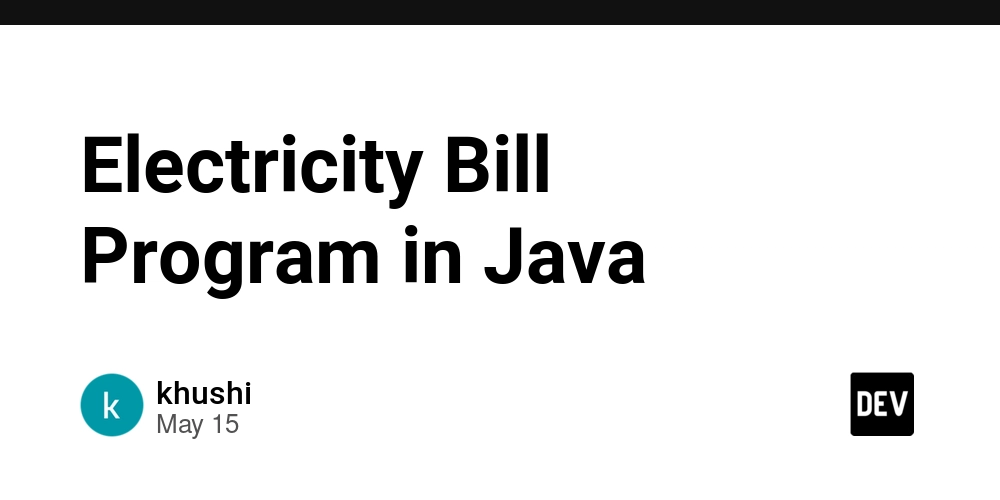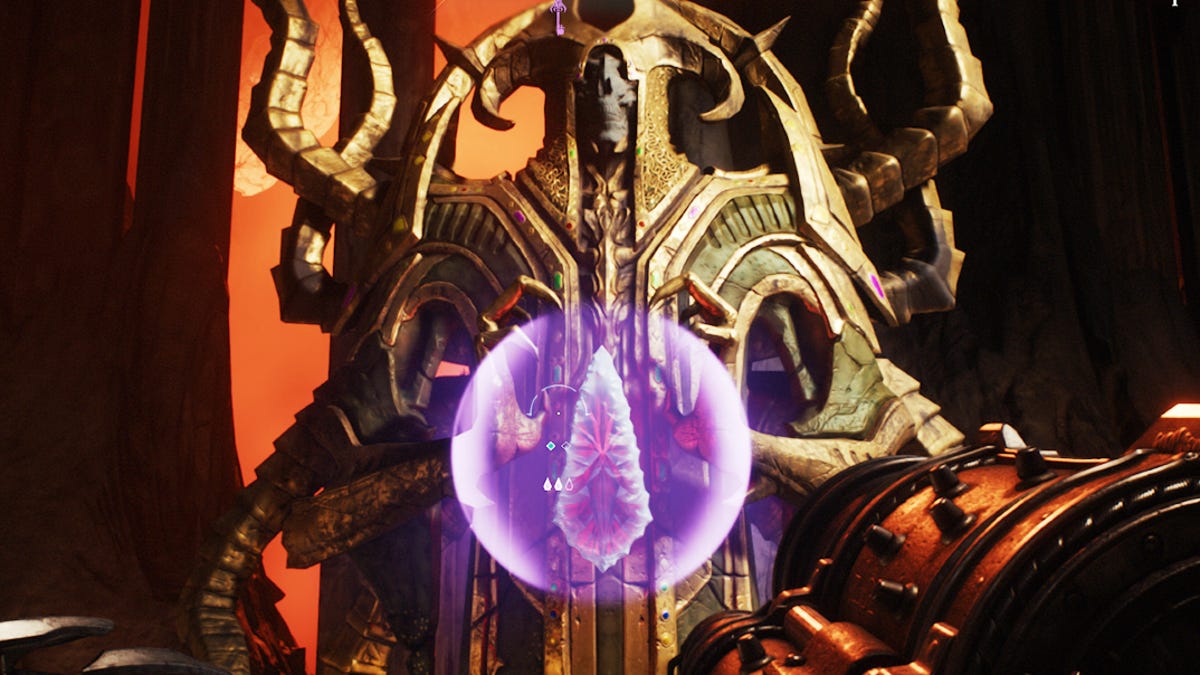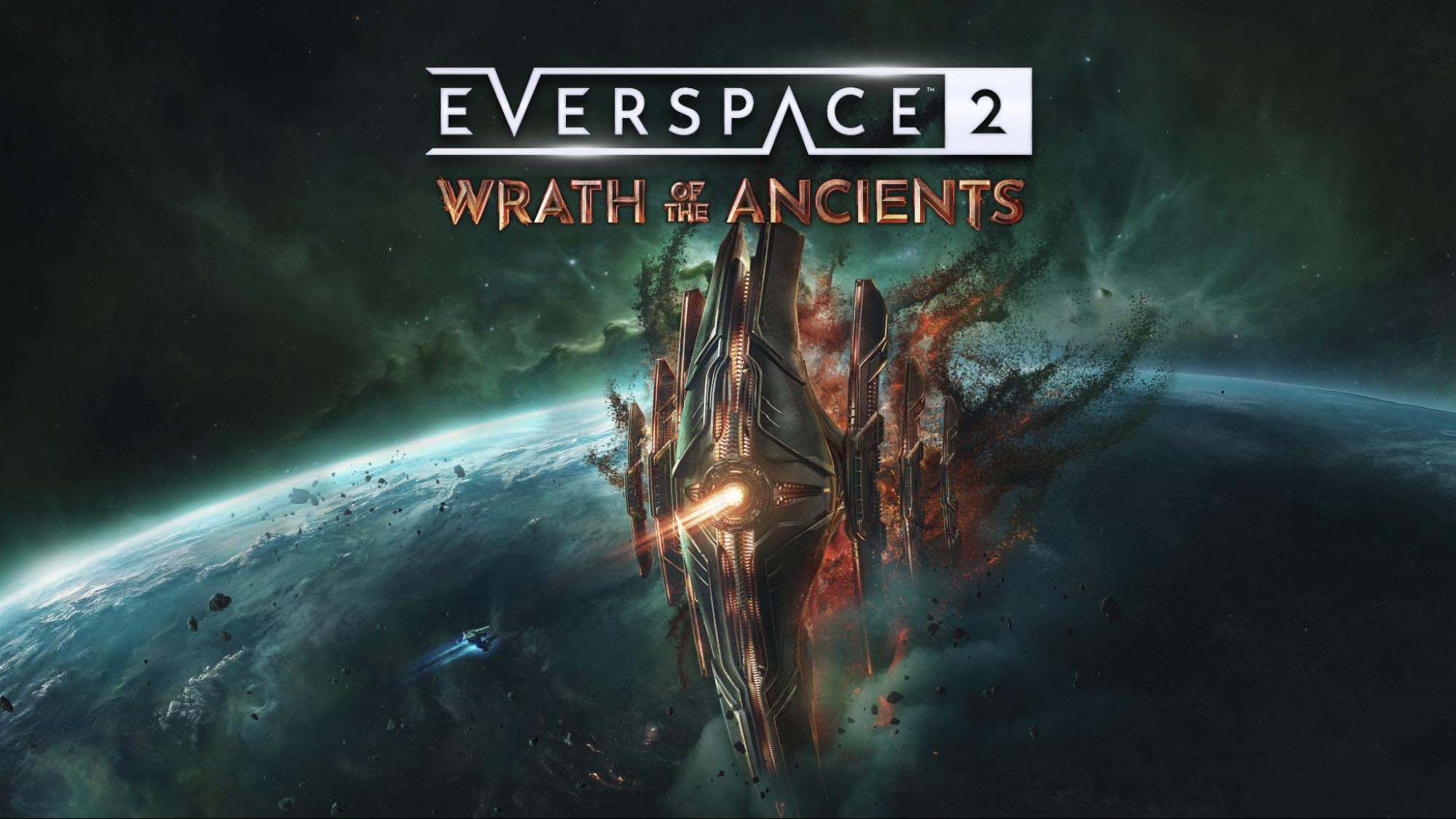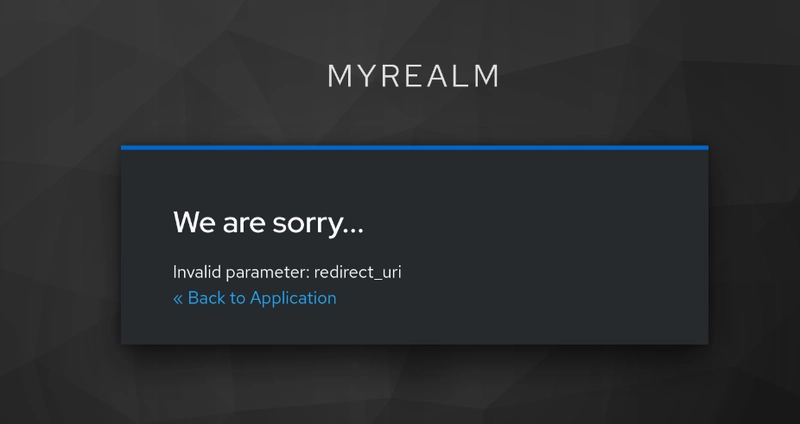Executive Summary Strategic Learning Path: Build foundations in mathematics and programming before specializing; focus on projects over theory alone Time Investment: Expect 15-20 hours weekly for 12-18 months to transition into an entry-level AI role Project-Based Learning: Create 3-5 substantial projects that demonstrate end-to-end problem-solving rather than dozens of tutorial implementations Specialization Strategy: Explore multiple subfields through small projects before committing to a specialization path Career Sustainability: Develop fundamental skills that transcend specific tools and frameworks to future-proof your career Introduction: Finding Your Path in the AI Revolution It was 2:00 AM, and I was staring at my computer screen with bloodshot eyes, surrounded by empty coffee cups. My terminal was filled with error messages I didn't understand, and the neural network I'd been trying to build for the past week still wasn't working. "Maybe I'm just not cut out for this," I thought. That breaking point came six months into my AI learning journey. I had jumped from tutorial to tutorial, read countless Medium articles, and signed up for three different online courses—but I still couldn't build anything that worked. I felt lost in an ocean of terms like "backpropagation," "hyperparameter tuning," and "gradient descent." Everyone else seemed to get it except me. That night, I almost quit. Instead, I took a step back and realized my approach was fundamentally flawed. I was trying to learn everything at once without a clear path or structure. What I needed wasn't more information—it was a roadmap. That's exactly why I'm writing this second article in my "Learning AI in 2025" series. I want to provide the clear, structured roadmap I wish I'd had when starting out. Whether you're a complete beginner or looking to pivot your career into AI, this comprehensive guide will walk you through the journey ahead—from foundational skills to specialization paths, with concrete action steps at every stage. Let me share what I've learned along the way, the challenges I've faced, and how you can navigate this exciting field more efficiently than I did. "The journey of a thousand miles begins with understanding the map." Where Are You Now? Self-Assessment Guide Before diving into the roadmap, take a moment to assess your starting point. Circle the statement in each category that best describes you: Programming Experience: I've never written code before I understand basic programming concepts I'm comfortable with Python but haven't used it for data analysis I regularly use Python and have some experience with data libraries I'm proficient in multiple programming languages including Python Mathematics Background: High school math only Some college math (e.g., first-year calculus) Advanced college math (multivariable calculus, linear algebra) Mathematics, statistics, or physics degree Graduate-level mathematics Machine Learning Knowledge: Completely new to ML concepts Familiar with basic terms but haven't implemented anything Have completed introductory courses or tutorials Have built basic ML models for projects Have deployed ML models in production environments Your answers will help you identify which sections of this roadmap to focus on most intensively. Remember: everyone starts somewhere, and this field rewards persistence more than natural talent. Essential Foundations: What Everyone Needs When I started out, I made the mistake of jumping straight into advanced topics without mastering the basics. Here's what I've found to be truly essential regardless of your specialization path: Mathematical Foundations I initially tried to skip the math, but quickly realized this was holding me back from truly understanding how algorithms work. Here are the essential mathematical areas to focus on: Mathematical Area Importance Applications Recommended Starting Point Weekly Time Linear Algebra ★★★★★ Neural networks, dimensionality reduction 3Blue1Brown's "Essence of Linear Algebra" 4-6 hours Calculus ★★★★☆ Optimization, gradient descent Khan Academy's Calculus courses 3-5 hours Probability & Statistics ★★★★★ Bayesian methods, evaluation metrics StatQuest with Josh Starmer 4-6 hours Information Theory ★★★☆☆ Feature selection, entropy concepts "Information Theory" by James V Stone 2-4 hours Don't let this intimidate you! I found that learning these topics in the context of ML applications was much more engaging than studying them in isolation. Assessment Tools for Mathematics Foundations To identify your specific knowledge gaps, try these assessment resources: Khan Academy's diagnostic tests for calculus and linear algebra Harvard's "Mathematics for Machine Learning" self-assessment quiz StatQuest's "Do You Know Enough Statistics for Data Science?" checklist Milestone Checklist: Mathematics Foundations
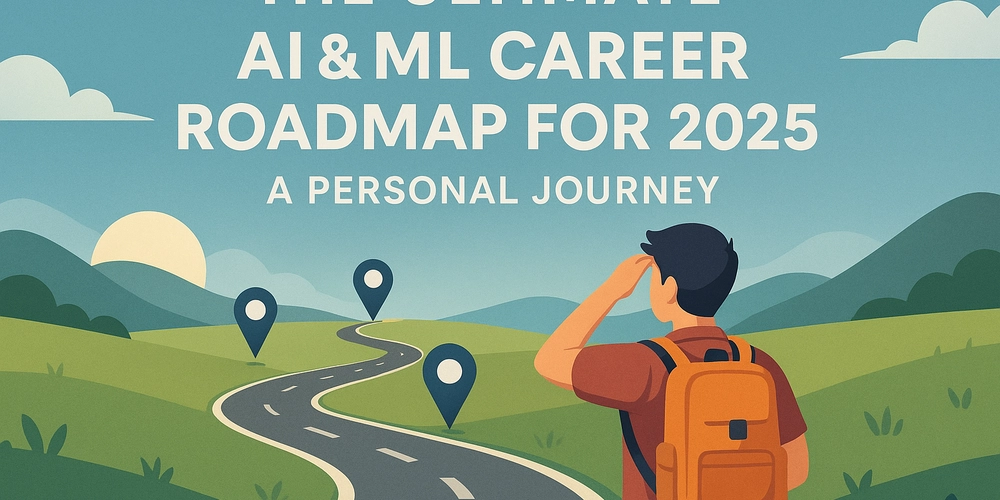
Executive Summary
- Strategic Learning Path: Build foundations in mathematics and programming before specializing; focus on projects over theory alone
- Time Investment: Expect 15-20 hours weekly for 12-18 months to transition into an entry-level AI role
- Project-Based Learning: Create 3-5 substantial projects that demonstrate end-to-end problem-solving rather than dozens of tutorial implementations
- Specialization Strategy: Explore multiple subfields through small projects before committing to a specialization path
- Career Sustainability: Develop fundamental skills that transcend specific tools and frameworks to future-proof your career
Introduction: Finding Your Path in the AI Revolution
It was 2:00 AM, and I was staring at my computer screen with bloodshot eyes, surrounded by empty coffee cups. My terminal was filled with error messages I didn't understand, and the neural network I'd been trying to build for the past week still wasn't working. "Maybe I'm just not cut out for this," I thought.
That breaking point came six months into my AI learning journey. I had jumped from tutorial to tutorial, read countless Medium articles, and signed up for three different online courses—but I still couldn't build anything that worked. I felt lost in an ocean of terms like "backpropagation," "hyperparameter tuning," and "gradient descent." Everyone else seemed to get it except me.
That night, I almost quit. Instead, I took a step back and realized my approach was fundamentally flawed. I was trying to learn everything at once without a clear path or structure. What I needed wasn't more information—it was a roadmap.
That's exactly why I'm writing this second article in my "Learning AI in 2025" series. I want to provide the clear, structured roadmap I wish I'd had when starting out. Whether you're a complete beginner or looking to pivot your career into AI, this comprehensive guide will walk you through the journey ahead—from foundational skills to specialization paths, with concrete action steps at every stage.
Let me share what I've learned along the way, the challenges I've faced, and how you can navigate this exciting field more efficiently than I did.
"The journey of a thousand miles begins with understanding the map."
Where Are You Now? Self-Assessment Guide
Before diving into the roadmap, take a moment to assess your starting point. Circle the statement in each category that best describes you:
Programming Experience:
- I've never written code before
- I understand basic programming concepts
- I'm comfortable with Python but haven't used it for data analysis
- I regularly use Python and have some experience with data libraries
- I'm proficient in multiple programming languages including Python
Mathematics Background:
- High school math only
- Some college math (e.g., first-year calculus)
- Advanced college math (multivariable calculus, linear algebra)
- Mathematics, statistics, or physics degree
- Graduate-level mathematics
Machine Learning Knowledge:
- Completely new to ML concepts
- Familiar with basic terms but haven't implemented anything
- Have completed introductory courses or tutorials
- Have built basic ML models for projects
- Have deployed ML models in production environments
Your answers will help you identify which sections of this roadmap to focus on most intensively. Remember: everyone starts somewhere, and this field rewards persistence more than natural talent.
Essential Foundations: What Everyone Needs
When I started out, I made the mistake of jumping straight into advanced topics without mastering the basics. Here's what I've found to be truly essential regardless of your specialization path:
Mathematical Foundations
I initially tried to skip the math, but quickly realized this was holding me back from truly understanding how algorithms work. Here are the essential mathematical areas to focus on:
| Mathematical Area | Importance | Applications | Recommended Starting Point | Weekly Time |
|---|---|---|---|---|
| Linear Algebra | ★★★★★ | Neural networks, dimensionality reduction | 3Blue1Brown's "Essence of Linear Algebra" | 4-6 hours |
| Calculus | ★★★★☆ | Optimization, gradient descent | Khan Academy's Calculus courses | 3-5 hours |
| Probability & Statistics | ★★★★★ | Bayesian methods, evaluation metrics | StatQuest with Josh Starmer | 4-6 hours |
| Information Theory | ★★★☆☆ | Feature selection, entropy concepts | "Information Theory" by James V Stone | 2-4 hours |
Don't let this intimidate you! I found that learning these topics in the context of ML applications was much more engaging than studying them in isolation.
Assessment Tools for Mathematics Foundations
To identify your specific knowledge gaps, try these assessment resources:
- Khan Academy's diagnostic tests for calculus and linear algebra
- Harvard's "Mathematics for Machine Learning" self-assessment quiz
- StatQuest's "Do You Know Enough Statistics for Data Science?" checklist
Milestone Checklist: Mathematics Foundations
- I can perform basic vector and matrix operations
- I understand the concept of derivatives and gradients
- I can explain basic probability distributions (normal, binomial)
- I understand the concept of entropy and information gain
- I can apply these mathematical concepts to simple ML problems
Programming Skills
Python dominates the field, but certain specializations may require additional languages:
Programming Language Relevance in AI/ML (2025)
Python [██████████████████████████████] 95%
SQL [███████████████████] 65%
R [████████] 30%
Java [██████] 20%
C++ [████] 15%
JavaScript [████] 15%
While Python remains the cornerstone, SQL is surprisingly important for data preparation and working with large datasets.
Core Skills & Difficulty Rating
| Skill | Beginner Friendly? | Time to Basic Proficiency | Essential or Optional? | Weekly Practice Time |
|---|---|---|---|---|
| Python Basics | ★★★★★ | 1-2 months | Essential | 6-8 hours |
| Pandas/NumPy | ★★★★☆ | 2-3 months | Essential | 4-6 hours |
| SQL Queries | ★★★★☆ | 1-2 months | Essential | 3-5 hours |
| Git Version Control | ★★★☆☆ | 2-4 weeks | Essential | 2-3 hours |
| Object-Oriented Programming | ★★★☆☆ | 2-3 months | Important | 3-5 hours |
| Command Line | ★★★☆☆ | 2-4 weeks | Important | 2-3 hours |
| Web APIs | ★★☆☆☆ | 1-2 months | Useful | 2-4 hours |
| R for Statistical Analysis | ★★★☆☆ | 2-3 months | Optional | 2-4 hours |
Milestone Checklist: Programming Skills
- I can write basic Python programs and functions
- I can manipulate data using Pandas and NumPy
- I can write SQL queries to extract and filter data
- I can use Git for version control of my projects
- I understand OOP concepts and can create classes in Python
Core ML Concepts
Before specializing, make sure you understand these fundamental concepts that apply across the field:
- Supervised vs. Unsupervised Learning
- Model Training, Validation, and Testing
- Overfitting and Regularization
- Feature Engineering and Selection
- Model Evaluation Metrics
- Bias-Variance Tradeoff
- Hyperparameter Tuning
- Basic Neural Network Concepts
I found that creating simple projects implementing each of these concepts gave me a much deeper understanding than just reading about them.
Learning Style Adaptations
I discovered that adapting learning strategies to your personal style significantly improves retention and motivation:
Visual Learners:
- Use diagram-heavy resources (like 3Blue1Brown for math)
- Create your own visualizations of algorithms
- Draw out model architectures by hand
- Use color-coding in your notes to distinguish concepts
Hands-on Learners:
- Implement concepts immediately after learning them
- Break tutorials into small chunks and experiment between each
- Create interactive notebooks that you can manipulate
- Participate in hackathons and competitions
Auditory Learners:
- Use podcasts and video lectures
- Explain concepts aloud to yourself or others
- Join study groups with regular discussions
- Record yourself explaining difficult concepts and listen back
Reading/Writing Learners:
- Maintain detailed notes of concepts
- Write blog posts explaining what you've learned
- Annotate research papers methodically
- Rewrite code examples in your own style with extensive comments
Identifying and embracing your learning style can dramatically reduce frustration and accelerate progress.
The Learning Journey: Step-by-Step Progression
After much trial and error, I've developed this step-by-step progression path that I wish I'd followed from the beginning:
Phase 1: Foundations (3-6 months)
- Mathematics Review: Linear algebra, calculus, probability
- Programming Fundamentals: Python, data structures, algorithms
- Data Analysis Basics: Pandas, NumPy, data cleaning, visualization
- ML Fundamentals: Basic algorithms, supervised vs. unsupervised learning
- First Simple Projects: Implement classic ML problems (e.g., MNIST classification)
Phase 2: Building Depth (6-9 months)
- Deep Learning Basics: Neural networks, backpropagation, architectures
- Key Frameworks: PyTorch or TensorFlow/Keras
- Basic MLOps: Experiment tracking, model versioning
- Specialization Exploration: Try projects in different subfields
- Medium-Complexity Projects: Build end-to-end ML pipelines
Phase 3: Specialization (9-12 months)
- Deep Specialization: Focus on your chosen track
- Advanced Techniques: State-of-the-art methods in your subfield
- Production Skills: Deployment, monitoring, maintenance
- Portfolio Building: Create substantial, original projects
- Community Engagement: Contribute to open source, write technical articles
This progression worked for me because it balances breadth and depth, allowing for exploration before committing to a specialization.
Visual Learning Path
AI/ML Learning Journey
START HERE
│
▼
┌───────────────────────────────────────────────────┐
│ PHASE 1: FOUNDATIONS │
│ │
│ ┌─────────┐ ┌─────────┐ ┌─────────────────┐ │
│ │ Math │──▶│ Python │──▶│ Data Analysis │ │
│ └─────────┘ └─────────┘ └─────────────────┘ │
│ │ │ │
│ └─────────────┬───────────────┘ │
│ │ │
│ ▼ │
│ ┌───────────────────┐ │
│ │ ML Algorithms │ │
│ └───────────────────┘ │
└───────────────────────│───────────────────────────┘
│
▼
┌───────────────────────────────────────────────────┐
│ PHASE 2: BUILDING DEPTH │
│ │
│ ┌────────────────┐ ┌─────────────────────┐ │
│ │ Deep Learning │─────▶│ Framework Mastery │ │
│ └────────────────┘ └─────────────────────┘ │
│ │ │ │
│ │ ┌────────────────┘ │
│ │ │ │
│ ▼ ▼ │
│ ┌──────────────────────────┐ ┌─────────────┐ │
│ │ Specialization Sampling │──▶│ Basic MLOps │ │
│ └──────────────────────────┘ └─────────────┘ │
└───────────────────────│───────────────────────────┘
│
▼
┌───────────────────────────────────────────────────┐
│ PHASE 3: SPECIALIZATION │
│ │
│ ┌─────────────────┐ ┌───────────────────┐ │
│ │ Deep Specialty │─────▶│ Advanced Methods │ │
│ └─────────────────┘ └───────────────────┘ │
│ │ │ │
│ │ ┌────────────────┘ │
│ │ │ │
│ ▼ ▼ │
│ ┌───────────────────────┐ ┌────────────────┐ │
│ │ Production-Ready │───▶│ Community │ │
│ │ Portfolio Projects │ │ Engagement │ │
│ └───────────────────────┘ └────────────────┘ │
└───────────────────────────────────────────────────┘
│
▼
AI/ML CAREER ENTRY
Common Pitfalls to Avoid
As I navigated my AI learning journey, I stumbled into numerous traps that slowed my progress. Here are the most common pitfalls I encountered and how you can avoid them:
Tutorial Hell
The Trap: I spent months jumping from tutorial to tutorial, always learning but never building anything substantial. I could follow along perfectly with guided examples but froze when facing a blank editor.
The Solution: For every tutorial you complete, set a requirement to build something similar but different on your own. Even if it's 80% the same code with minor changes, the act of writing it yourself without guidance makes an enormous difference in retention and understanding.
Perfectionism Paralysis
The Trap: I kept postponing project work because I felt I didn't know "enough" yet. I thought I needed to master every mathematical concept behind an algorithm before implementing it.
The Solution: Embrace the "learn by doing" approach. I now follow the 70% rule: once I understand roughly 70% of a concept, I start implementing it, knowing I'll learn the remaining 30% through practical application and debugging.
Shiny Object Syndrome
The Trap: Every week brought exciting new papers, frameworks, or techniques that distracted me from mastering fundamentals. I chased trendy topics without building a solid foundation.
The Solution: Create a learning roadmap and stick to it for at least 3-6 months before reevaluating. Set aside a small amount of time (perhaps one hour weekly) to explore new developments, but don't let them derail your primary learning path.
Sample Weekly Learning Plan
Here's a realistic 15-hour weekly plan for beginners in Phase 1:
Monday (2 hours)
- Math foundations (1 hour)
- Python practice (1 hour)
Tuesday (2 hours)
- Interactive tutorial or course (2 hours)
Wednesday (3 hours)
- Data analysis with pandas (2 hours)
- Reading/research (1 hour)
Thursday (Rest day)
- Optional: AI/ML podcast during commute
Friday (2 hours)
- ML algorithm concepts (2 hours)
Saturday (4 hours)
- Project work (3 hours)
- Community engagement (1 hour)
Sunday (2 hours)
- Review and consolidation (1 hour)
- Plan next week's learning (1 hour)
This sustainable schedule accommodates work/life balance while making consistent progress. Adjust according to your available time and energy levels.
Computing Resources Guide
Now as you advance in your journey, your computational needs will evolve:
Beginner Stage (0-3 months):
- A standard laptop is sufficient
- Use Google Colab for free GPU access
- Local installations of Python and key libraries
Intermediate Stage (3-9 months):
- Consider cloud credits ($50-100/month)
- May benefit from a personal computer with decent GPU
- Start using version control for models and data
Advanced Stage (9+ months):
- Dedicated GPU setup or consistent cloud resources
- Distributed computing knowledge becomes valuable
- Consider specialized hardware for your chosen field
Specialization Paths: Finding Your Focus
One of my biggest challenges was deciding which area to specialize in. I kept trying to learn everything, which led to shallow knowledge across many areas rather than deep expertise in one.
Major Specialization Tracks
After exploring different paths, I've identified these core specialization tracks with their respective skill requirements:
| Specialization | Core Skills | Recommended Background | Career Potential | Difficulty |
|---|---|---|---|---|
| Machine Learning Engineering | Python, ML frameworks, MLOps, cloud deployment | Software engineering | Very High | ★★★★☆ |
| Computer Vision | CNN architectures, image processing | Math/CS background helps | High | ★★★★★ |
| Natural Language Processing | LLMs, transformers, text processing | Linguistics helps | Very High | ★★★★☆ |
| Reinforcement Learning | RL algorithms, simulation environments | Strong math background | Medium-High | ★★★★★ |
| AI Ethics & Governance | Fairness metrics, governance frameworks | Policy/ethics background | Medium | ★★★☆☆ |
A Day in the Life: NLP Specialist
What is it actually like to work in Natural Language Processing? Here's what my typical day looks like as an NLP specialist:
8:30 AM: Review the latest research papers on transformer architectures over coffee.
9:30 AM: Debug a tokenization issue in our sentiment analysis pipeline.
11:00 AM: Meeting with product team to discuss requirements for our next text classification feature.
1:00 PM: Experiment with prompt engineering approaches to improve our LLM's response quality.
3:00 PM: Collaborate with data engineers to optimize our text preprocessing pipeline.
4:00 PM: Analyze evaluation metrics from our latest model deployment and identify areas for improvement.
5:00 PM: Document findings and plan experiments for tomorrow.
What I love about this role is the blend of cutting-edge research, practical engineering, and creative problem-solving. The field evolves so quickly that there's always something new to learn.
Specialization Decision Framework
I created this decision framework to help determine which specialization might be the best fit:
Specialization Decision Tree
┌─────────────┐
│ Starting │
│ Point │
└──────┬──────┘
│
┌─────────────┴─────────────┐
│ │
┌───────▼───────┐ ┌───────▼───────┐
│ Prefer Creating│ │ Prefer Theory │
│ Things │ │ & Research │
└───────┬───────┘ └───────┬───────┘
│ │
┌───────────┴────────────┐ ┌─────────┴────────────┐
│ │ │ │
┌───────▼───────┐ ┌───────▼───────┐ ┌───────▼───────┐
│ Like Visual │ │ Like Text │ │ Like Math │
│ Problems │ │ Problems │ │ Problems │
└───────┬───────┘ └───────┬───────┘ └───────┬───────┘
│ │ │
┌───────▼───────┐ ┌───────▼───────┐ ┌───────▼───────┐
│Computer Vision │ │ NLP │ │Reinforcement │
│ Specialist │ │ Specialist │ │ Learning │
└───────────────┘ └───────────────┘ └───────────────┘
Beyond this simple framework, ask yourself:
What types of problems energize you? Pay attention to which tutorials or projects keep you working late into the night because you're genuinely excited.
What industries interest you most? Different specializations align better with different industries (e.g., computer vision for autonomous vehicles, NLP for legal tech).
Solo researcher or collaborative engineer? Some specializations can be more solitary, while others are deeply collaborative.
Immediate impact or long-term research? Some fields offer more immediate gratification, while others require comfort with long-term uncertainty.
I found that paying attention to what I naturally enjoyed working on was the best guide to finding my specialization.
Milestone Checklist: Specialization Selection
- I've built small projects in at least 2-3 different specialization areas
- I've spoken with professionals working in my areas of interest
- I've read recent research papers in my potential specialization
- I've honestly assessed my mathematical and programming strengths
- I've identified industries where my specialization can be applied
Building Your Portfolio: Projects That Matter
The single biggest factor in landing my first AI role was my project portfolio. Here's what I learned about creating projects that actually impress employers:
Project Complexity Ladder
I developed this progression of projects that helped me build skills while creating impressive portfolio pieces:
| Project Level | Description | Example | Key Learning Outcome | Time Investment |
|---|---|---|---|---|
| Beginner | Follow tutorials with minor modifications | MNIST classifier with a twist | Understanding fundamentals | 10-20 hours |
| Intermediate | Combine existing approaches for novel use cases | Sentiment analysis for niche content | Problem-solving skills | 30-60 hours |
| Advanced | Create novel solutions or implementations | Custom object detection system | Engineering capabilities | 80-160 hours |
I found that having 1-2 well-documented advanced projects was far more valuable than dozens of beginner projects.
Portfolio Project Framework
For each major portfolio project, I make sure to include:
- Clear Problem Statement: Define the real-world problem being solved
- Data Collection/Preparation: Document your data sources and processing
- Model Development: Explain your approach and alternatives considered
- Evaluation: Present results and performance metrics
- Deployment: Show how the model works in production (even if simplified)
- Lessons Learned: Reflect on challenges and solutions
This structured approach helped me communicate the depth of my understanding to potential employers.
Project Idea Generator
Finding project ideas that are both achievable and impressive can be challenging. Try this framework:
-
Start with your passions or fields you know well
- What industries/domains do you already understand?
- What problems in those areas could benefit from ML?
-
Identify data availability
- Is public data available for this problem?
- Could you collect or create the necessary data?
-
Assess technical feasibility
- Match the project complexity to your current skill level
- Break down big ideas into manageable subprojects
-
Consider portfolio differentiation
- How will this project stand out from standard tutorial projects?
- Does it demonstrate unique skills or insights?
Example Project Generation:
- Interest: Photography + Available Data: Image datasets → Project: Style transfer app for photographers
- Domain Knowledge: Healthcare + Available Data: Public health records → Project: Predictive model for hospital readmissions
- Skill: Web development + ML Interest: NLP → Project: Browser extension for content summarization
Breaking Into the Industry: Job Search Strategies
After building your skills and portfolio, the next challenge is landing that first role. Here's what worked for me:
Resume and Portfolio Optimization
Your resume and portfolio need to speak directly to hiring managers' needs:
- Resume Focus: Highlight projects and skills relevant to the specific role you're applying for
-
Portfolio Structure: Create a clear, accessible portfolio website with:
- Project descriptions written for both technical and non-technical audiences
- Code repositories with clean documentation
- Live demos where possible
- Process documentation showing your thinking and approach
- Skills Verification: Include specific metrics and outcomes for each project
- Relevant Keywords: Ensure your resume includes the technologies and frameworks mentioned in job descriptions
Networking Approaches That Actually Work
Cold applications rarely worked for me. Here's what did:
- Targeted Networking: Identify 10-15 companies you'd love to work for and focus your networking efforts there
- Value-First Approach: Contribute to discussions, open-source projects, or company forums before asking for anything
- Informational Interviews: Request 15-30 minute conversations to learn about someone's role rather than directly asking for job help
- Community Participation: Become a regular, helpful presence in AI communities (Reddit, Discord servers, local meetups)
- Content Creation: Share your learning journey through blogs, tutorials, or code explanations
The Interview Process Demystified
AI/ML interviews typically include these components:
- Technical Screen: Basic programming and ML concept questions
- Take-Home Challenge: Building a model or solving a problem (usually 4-8 hours)
- System Design Interview: Architecting an ML solution
- Research Understanding: Discussing recent papers or techniques
- Behavioral/Cultural Fit: Standard behavioral questions
Prepare specifically for each component, with extra focus on the areas most relevant to your target role.
Future-Proofing Your Career
The field moves incredibly fast. Here's how to stay relevant:
- Focus on fundamentals over frameworks: Deep understanding of core concepts outlasts any specific tool
- Develop a learning system: Set aside 3-5 hours weekly for continuous learning
- Follow key research: Subscribe to 2-3 research digests to stay current
- Build transferable skills: Communication, problem-solving, and domain expertise compound over time
- Contribute to open source: Participation in community projects builds valuable connections and skills
Conclusion: The Journey Ahead
Looking back at my own journey from that frustrating 2 AM moment to where I am now, I realize that persistence through the difficult periods was the most important factor in my success. The field of AI isn't just about technical skills—it's about developing the resilience to keep going when things get tough.
Remember that everyone in this field—even the experts—is constantly learning. What separates successful practitioners isn't innate genius but rather a methodical approach to skill-building and problem-solving.
As you embark on or continue your AI journey, know that the path won't always be linear. There will be setbacks and moments of doubt. But with a structured approach, consistent effort, and a focus on projects that matter, you can build a rewarding career in this fascinating field.
The roadmap I've shared isn't just about technical skills—it's about building the mindset and habits that will sustain you through a long-term career in an ever-changing field. Start where you are, focus on consistent progress rather than speed, and remember that every expert was once a beginner too.




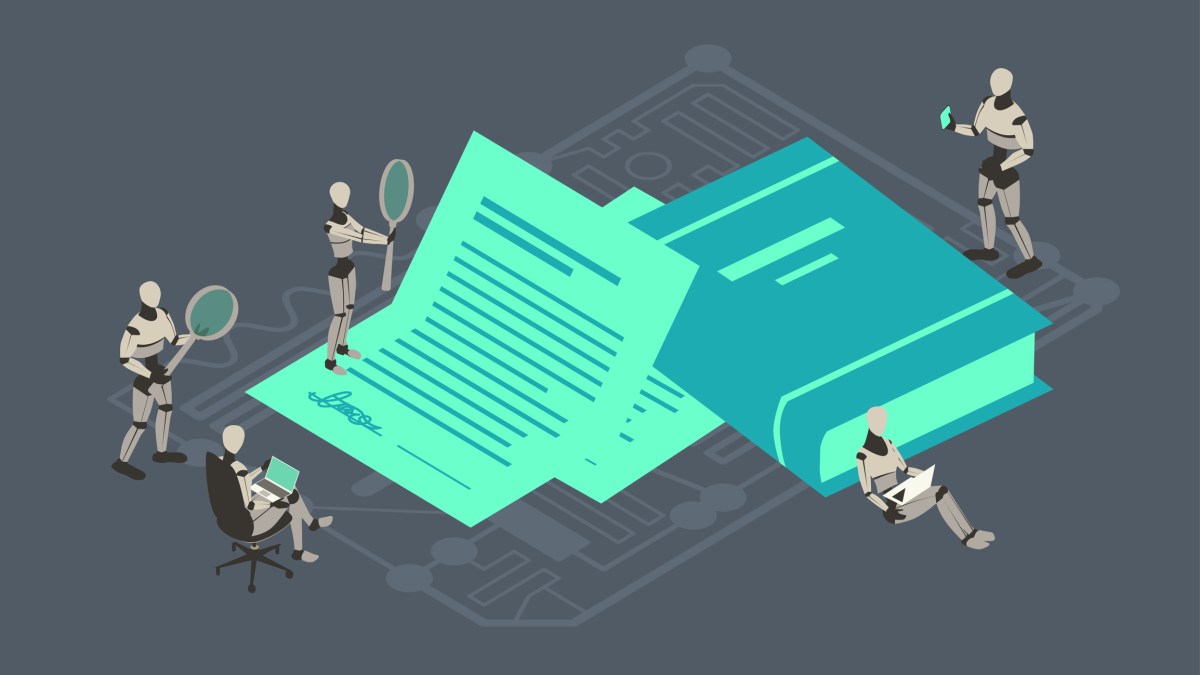


























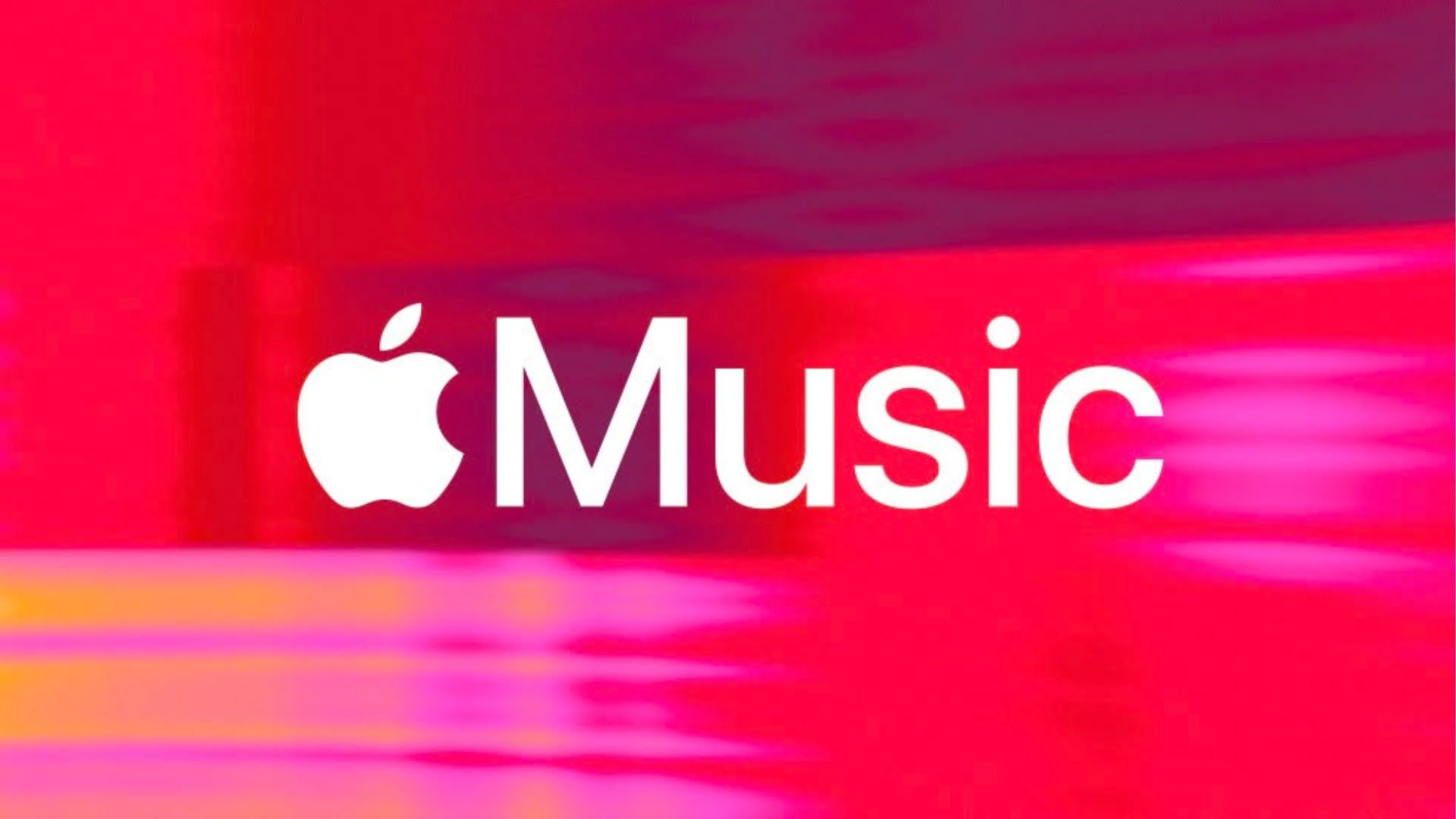

























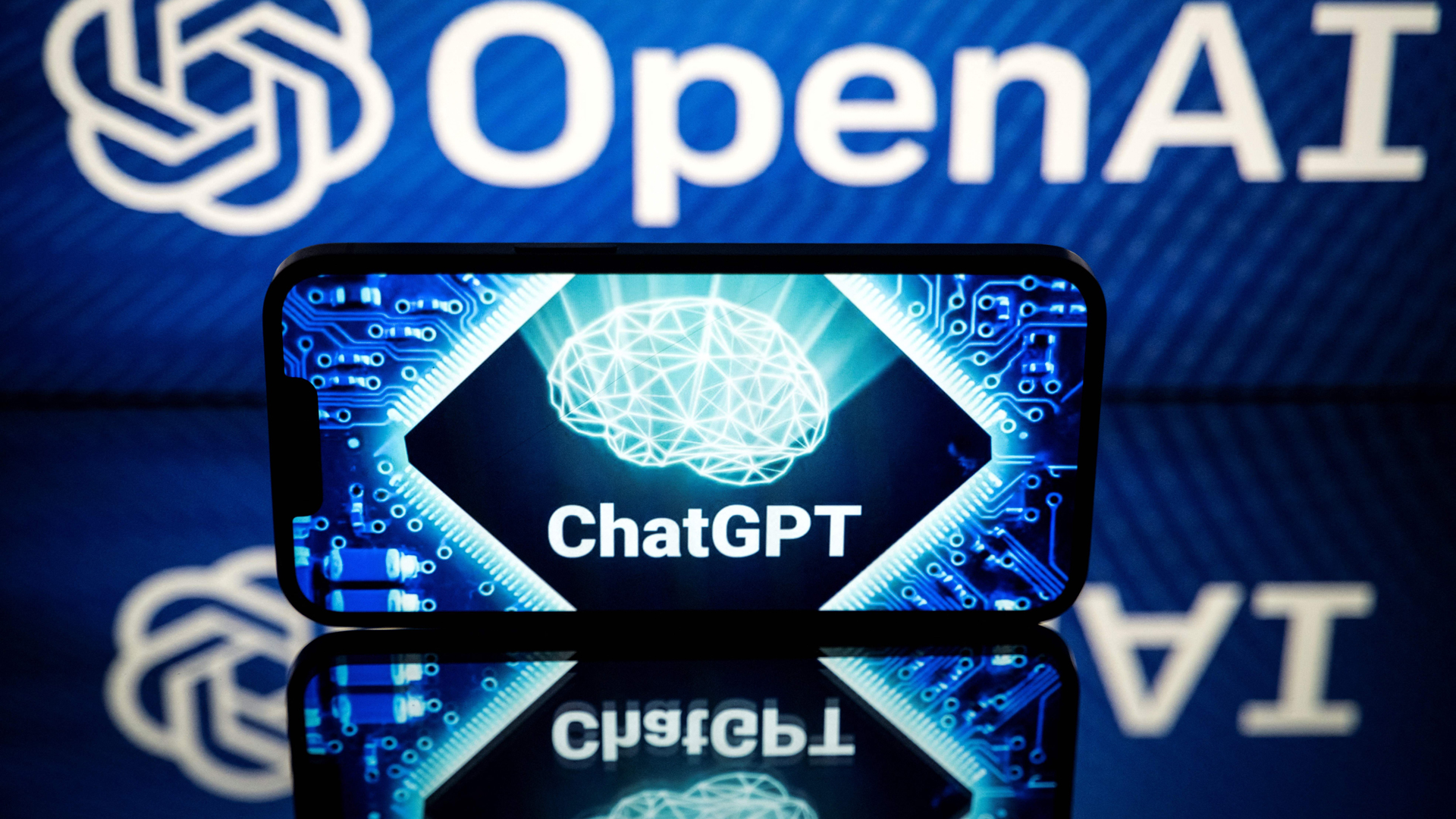

















![Apple Planning Bezel-Free iPhone With 'Four-Sided Bending' Display [Report]](https://www.iclarified.com/images/news/97321/97321/97321-640.jpg)
![Apple's 20th Anniversary iPhone May Feature Bezel-Free Display, AI Memory, Silicon Anode Battery [Report]](https://www.iclarified.com/images/news/97323/97323/97323-640.jpg)
![Vision Pro May Soon Let You Scroll With Your Eyes [Report]](https://www.iclarified.com/images/news/97324/97324/97324-640.jpg)


















![Review: Sonnet MacCuff mini – a well-designed M4 Mac mini mount [Video]](https://i0.wp.com/9to5mac.com/wp-content/uploads/sites/6/2025/05/Sonnet-MacCuff-mini-2024-Mac-Review.jpg?resize=1200%2C628&quality=82&strip=all&ssl=1)








-xl.jpg)

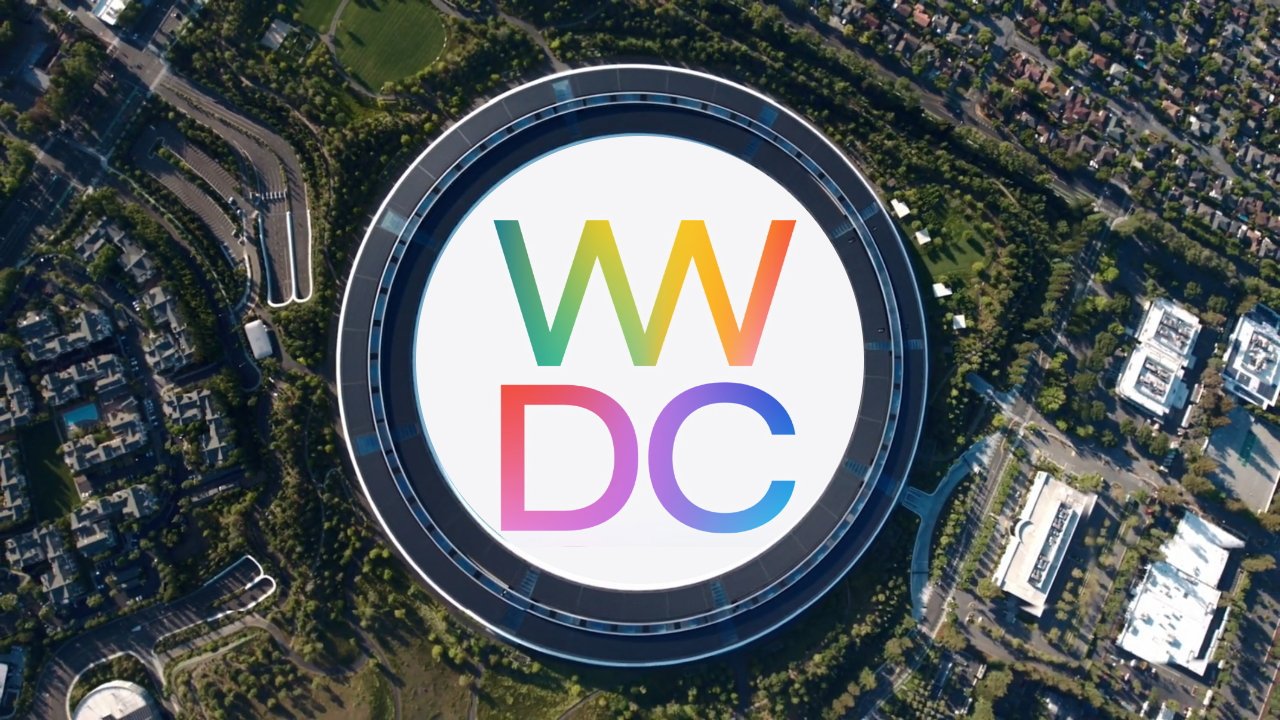


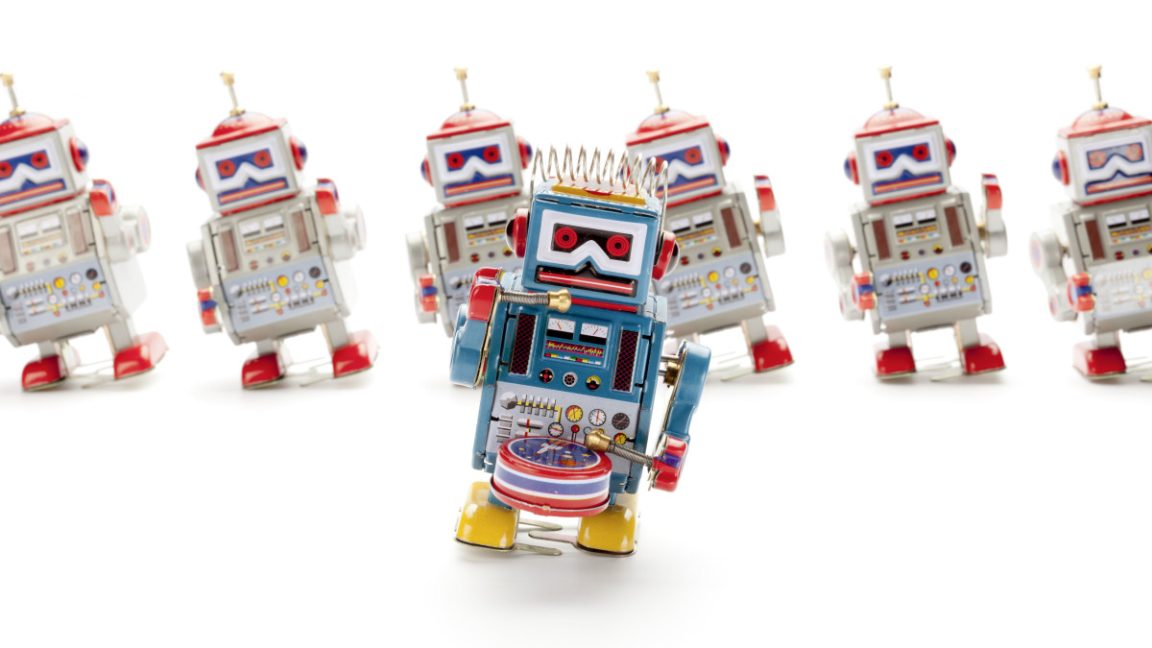














































































_Gang_Liu_Alamy.jpg?width=1280&auto=webp&quality=80&disable=upscale#)
































































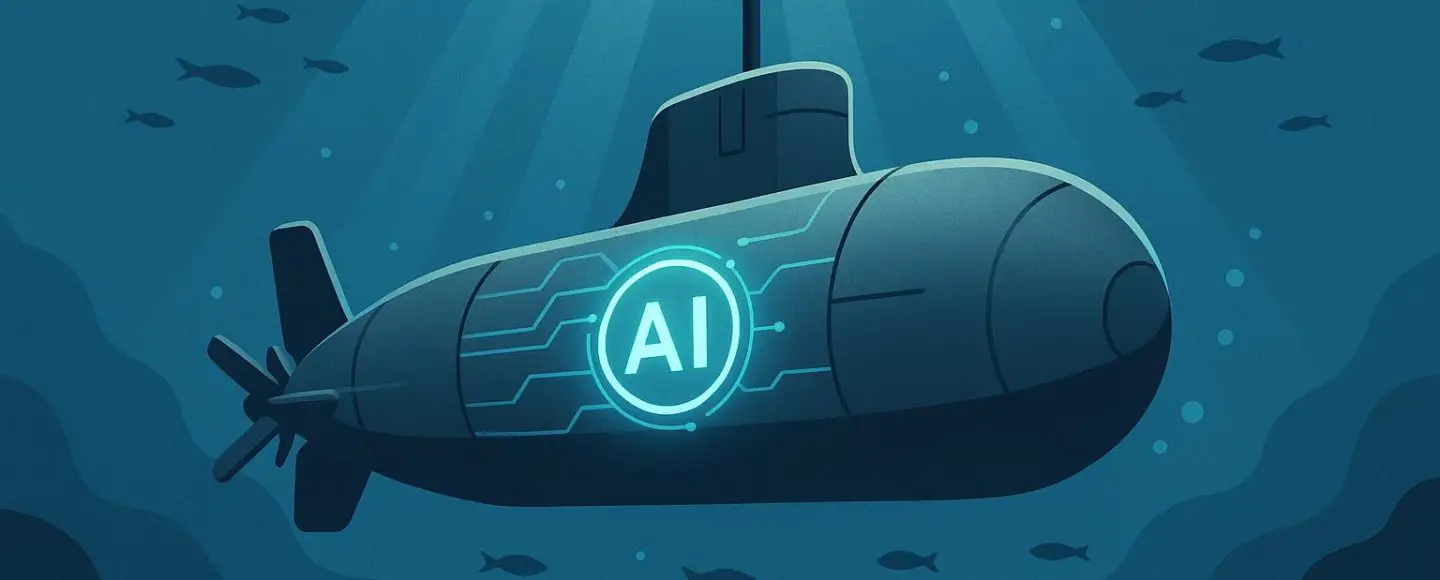




















































![[The AI Show Episode 147]: OpenAI Abandons For-Profit Plan, AI College Cheating Epidemic, Apple Says AI Will Replace Search Engines & HubSpot’s AI-First Scorecard](https://www.marketingaiinstitute.com/hubfs/ep%20147%20cover.png)
























![How to Enable Remote Access on Windows 10 [Allow RDP]](https://bigdataanalyticsnews.com/wp-content/uploads/2025/05/remote-access-windows.jpg)






















































































![[DEALS] The 2025 Ultimate GenAI Masterclass Bundle (87% off) & Other Deals Up To 98% Off – Offers End Soon!](https://www.javacodegeeks.com/wp-content/uploads/2012/12/jcg-logo.jpg)











































